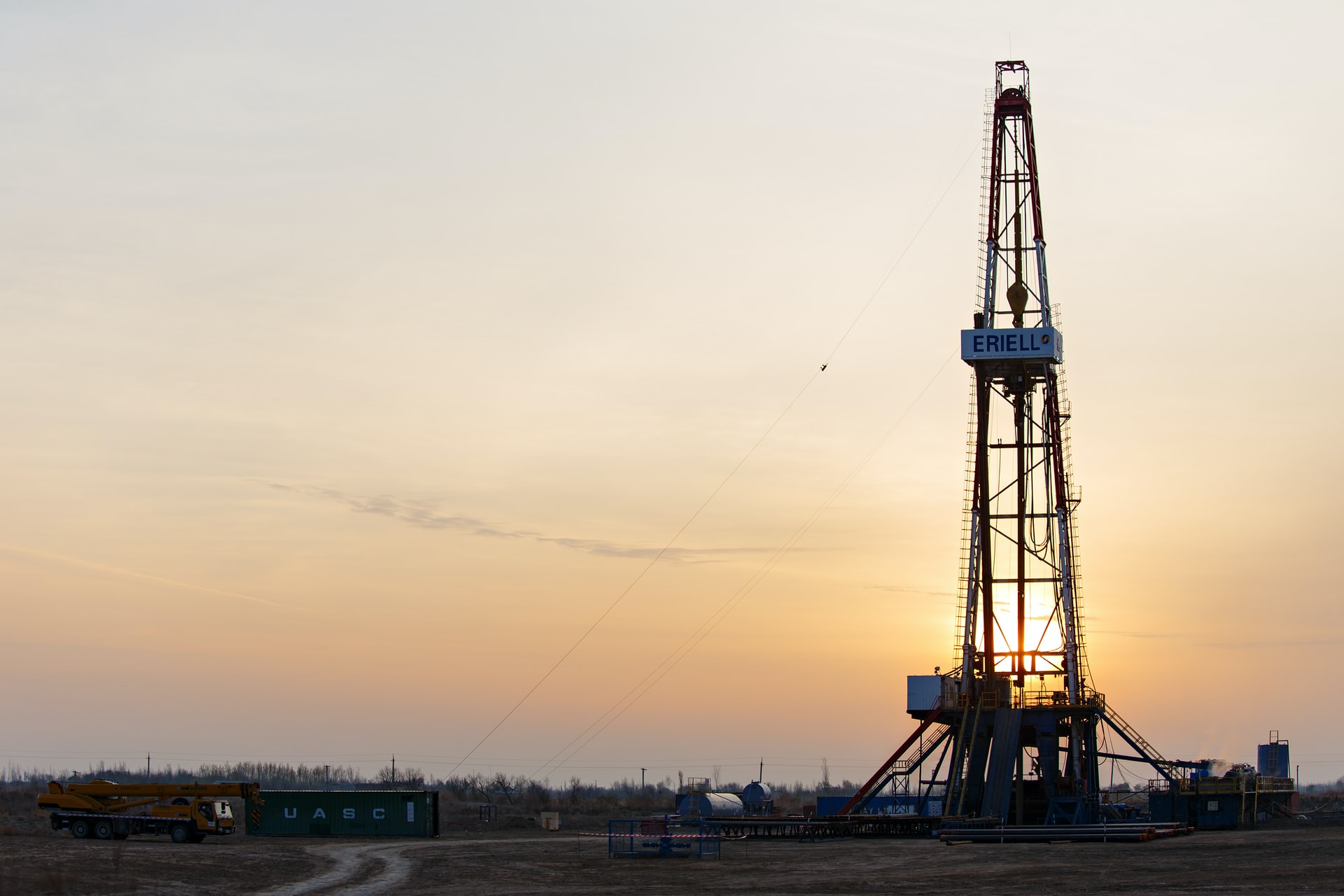Oil prices have broken out to pre-pandemic levels as of late, proving that months of output cuts across the globe have finally fed through to supply and created some balance in the oil market. The OPEC+ alliance has managed to hold itself together into 2021 and looks to be getting along well – so long as Saudi Arabia is set to continue making compromises with Russia. In the US, many of the most debt-heavy and cash-flow deficient shale drillers have been culled from the herd. This year could present a pause in the surge of bankruptcies, allowing drillers to cut costs and drive profitability before more a renewed tsunami of debt comes due in 2022.
Related ETFs: Invesco DB Oil Fund (DBO), Energy Select Sector SPDR Fund (XLE), VanEck Vectors Oil Services ETF (OIH)
US benchmark West Texas Intermediate (WTI) crude futures broke above $50 last week for the first time since February of last year. That is a stark contrast from the pricing meltdown experienced last April, which sent prices into negative territory for the first time ever. Current pricing also represents a more expedient recovery in the oil market than most expected.
Measures taken throughout the early part of the pandemic have certainly paid off in that regard.
The 23-country OPEC/non-OPEC coalition known as OPEC+ (headed by Saudi Arabia and Russia, respectively) agreed to cut output by 9.7 million barrels per day (bpd) for two months from an agreed baseline level starting last May. The countries also cut 7.7 million bpd between July and December. Last month, the member states agreed to increase production by 500,000 bpd beginning in January. In recent months, it has signaled that restoring further production would take much more time than anticipated.
In December, OPEC cut its forecast for 2021 oil demand growth to just 5.9 million bpd, down 350,000 bpd from its previous projection. OPEC pegged 2020 oil demand at 89.99 million bpd, a decline of 9.77 million bpd from 2019 and slightly below its previous estimate.
Despite this, Russia has been insistent that they be allowed to continue increasing oil production through February and beyond. In response, Saudi Arabia has decided it will unilaterally cut 1 million bpd of crude production, starting next month, in order to accommodate Russia’s demands. In what the Wall Street Journal referred to as “a face-saving concession”, Russia and Kazakhstan will increase output by a combined 75,000 bpd in February, and then another 75,000 bpd in March. Though that is not much of a production increase at all, the Saudi cuts will allow Russia to suck up the market share that the Gulf state is now bound to lose.
OPEC+’s two heads are often at odds with their long-term goals. Russia’s main interest is picking up market share and choking out their North American competition, while Saudi Arabia is more interested in raising prices to levels that help them balance their longer-term budgetary needs. Per International Monetary Fund (IMF) projections, the Saudi Kingdom need an oil price of $68 per barrel to balance their budget this year.
This conflict between the two strategic allies played out earlier this year, just prior to the pandemic, when a breakdown in the OPEC+ syndicate resulted in a short-lived (and equally damaging) price war that MRP covered in detail at the time.
Russian Deputy Prime Minister Alexander Novak has been clear that Russia wants prices in an optimal range of $45 to $55 a barrel. That range represents a sweet spot that allows Russian producers to maintain solid margins, but leaves most US shale competitors just scraping by. Novak contends that if OPEC+ refrains from bolstering exports, its competitors will simply fill the gap.
Though Rystad estimates that some US shale drillers are profitable in the $30 per barrel to low $40s per barrel range, cash flow has been extremely hard to come by for the industry as a whole. Deloitte data shows that overall free cash flow for the shale industry was an abysmal -$324 billion between 2010 and 2020 – a massive cash burn that has spurned some of top creditors.
Company outlays next year will tap just…
To read the rest of this Market Insight, START A FREE TRIAL You’ll also gain access to: If you already have a subscription, sign in










